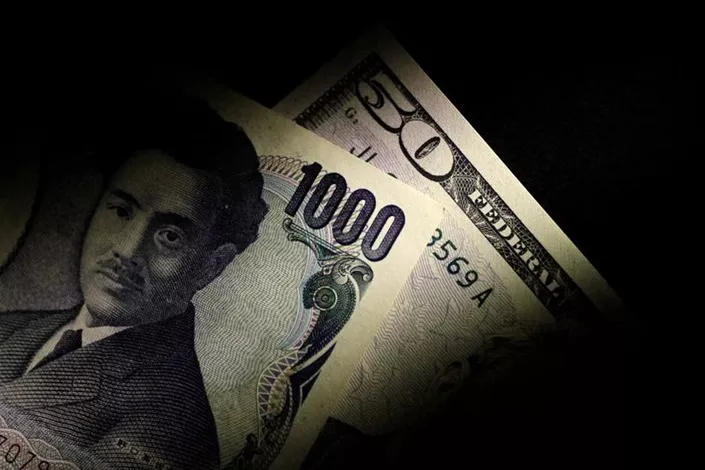Most Asian currencies fell sharply on Thursday after U.S. President Donald Trump announced sweeping trade tariffs. The move rattled financial markets, raising fears of a potential global recession. The U.S. dollar also weakened amid concerns about economic stability.
Japanese Yen Gains as Safe Haven Demand Rises
The Japanese yen was an exception, strengthening as investors sought safe-haven assets. The USD/JPY pair dropped 1.2%, hitting a three-week low as traders reacted to Trump’s aggressive trade policies.
Chinese Yuan Slumps as Tariffs Hit Hard
The Chinese yuan was one of the worst-performing currencies in Asia. The USD/CNY pair rose 0.4%, briefly crossing 7.3 yuan per dollar. Trump’s latest round of tariffs increased total U.S. duties on Chinese imports to 54%, moving closer to his earlier pledge of 60% tariffs.
The higher tariffs add to China’s economic struggles, just as the country was beginning to recover from a three-year slowdown. Beijing is expected to retaliate with tougher measures against the U.S., while also introducing more economic stimulus to cushion the impact. Data from the Caixin Purchasing Managers Index (PMI) showed unexpected growth in China’s services sector, supported by government efforts to boost the economy.
U.S. Dollar Declines Amid Recession and Rate Cut Concerns
The U.S. dollar weakened in Asian trade, with the dollar index and dollar index futures dropping 0.6% and 0.7%, respectively. While protectionist policies can sometimes strengthen the dollar, fears of a U.S. recession have put downward pressure on the currency.
Analysts at Wells Fargo expect the Federal Reserve to implement “considerably more” monetary easing between mid-2025 and mid-2026. However, they believe interest rate cuts may come later rather than sooner. The scale of Trump’s tariffs also exceeded market expectations, worsening economic uncertainty.
Asian Currencies Under Pressure
Most Asian currencies struggled following the tariff announcement. The South Korean won’s USD/KRW pair climbed 0.3%, while the Indian rupee’s USD/INR pair increased by 0.1%. The Australian dollar’s AUD/USD pair fell 0.4%, though losses were limited as Trump imposed only a 10% tariff on Australia.
Australia’s trade balance dropped to a near five-year low in February, reflecting disruptions caused by Trump’s trade policies. Meanwhile, the Singapore dollar saw gains due to safe-haven demand, with the USD/SGD pair falling 0.3%.
As trade tensions escalate, investors remain on edge, closely watching for further developments between the U.S. and China.
Related Topics:


